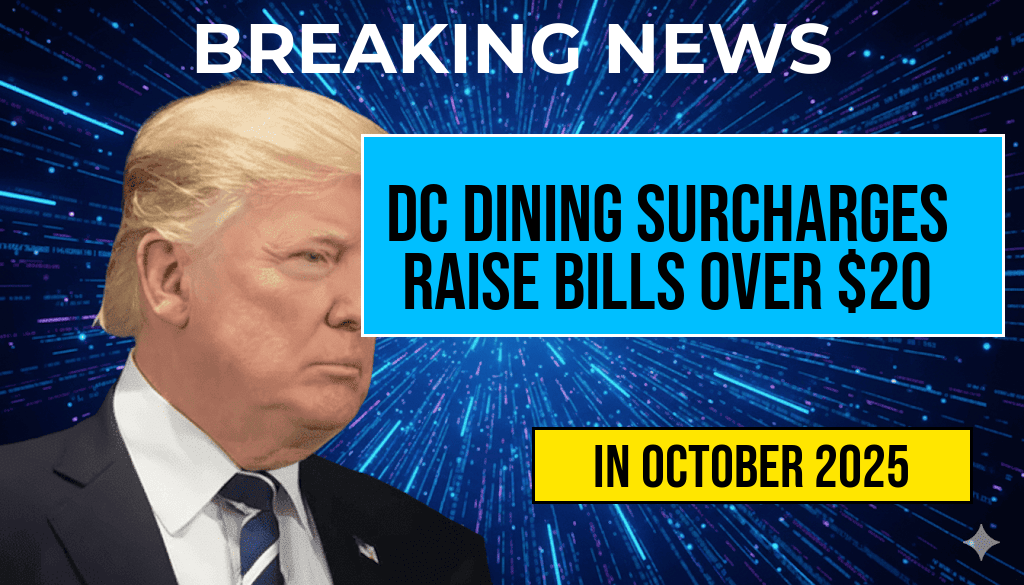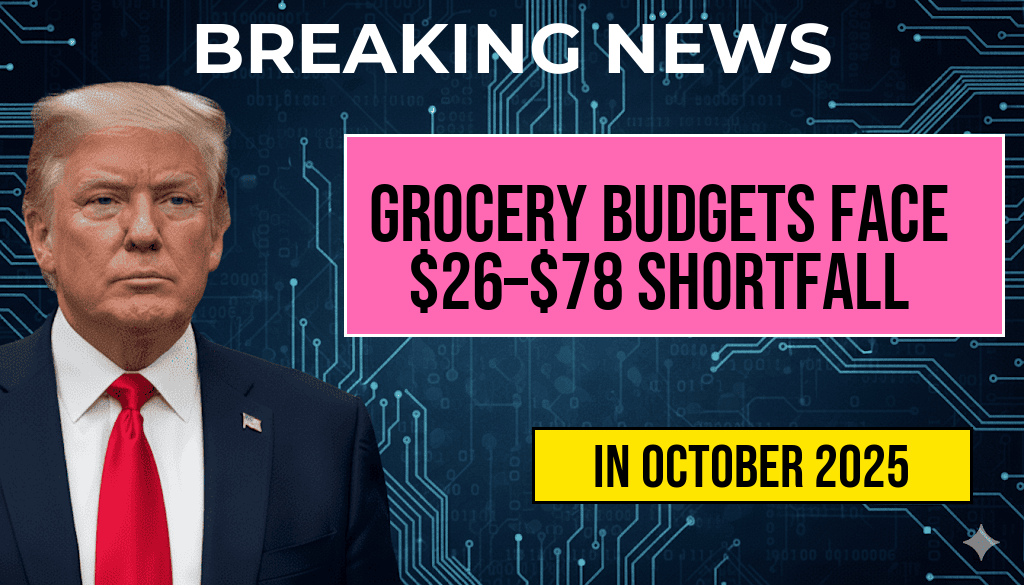Dining out in Washington, D.C. has become noticeably more expensive due to recent surcharges implemented by restaurants to cover rising labor costs. Many patrons are experiencing an increase of over $20 on their bills as the city grapples with new wage regulations aimed at improving conditions for service workers. As the minimum wage in D.C. continues to rise, restaurants are finding ways to cope with the financial strains, leading to these additional charges that are reshaping the dining experience. This article examines how these surcharges are affecting diners’ wallets and the broader implications of wage rules on the local economy.
Understanding the Surcharges
The dining surcharges in D.C. typically range from 3% to 22%, depending on the establishment. These additional fees are often labeled as “service fees” or “administrative fees” on the bill, and their introduction has sparked debate among local patrons and restaurant owners alike. While the goal is to provide fair wages to staff, many diners are expressing frustration about the lack of transparency regarding these surcharges, which can significantly inflate the overall cost of a meal.
The Wage Regulation Landscape
As of July 2023, the minimum wage in Washington, D.C., increased to $16.50 per hour for non-tipped employees, with tipped workers earning a base wage of $5.35 plus tips. The city has been steadily raising the minimum wage since 2016, and while the intention is to support workers, many restaurants are struggling to accommodate these increases without passing costs onto customers. This has led to a rise in dining surcharges, which have become a common practice across the city’s food service industry.
The Impact on Diners
For many diners, the increase in bills due to surcharges means that a night out is becoming less affordable. A recent survey conducted by the D.C. Restaurant Association found that 67% of diners reported that they were surprised by the added fees when receiving their checks. This reaction is prompting discussions about transparency in pricing and whether restaurants should clearly disclose these additional costs upfront.
- Increased Costs: The average surcharge adds more than $20 to a typical meal for two, affecting budget-conscious diners.
- Customer Sentiment: Many diners feel deceived by the lack of upfront communication regarding surcharges.
- Dining Choices: Some patrons are opting for less expensive dining options or choosing to stay home more frequently.
Restaurant Owners’ Perspectives
Restaurant owners argue that these surcharges are essential for maintaining their business amidst rising operational costs. According to a report by Forbes, many establishments are using surcharges to ensure they can afford to pay their staff a living wage while also covering increased expenses such as rent, utilities, and food costs. However, they acknowledge the need for better communication with customers to avoid misunderstandings.
Future Trends in Dining Pricing
As the debate continues, experts predict that dining surcharges may become a permanent feature of the restaurant landscape in D.C. Some industry analysts suggest that restaurants could move towards more inclusive pricing models that integrate service charges into menu prices, thereby eliminating the surprise factor for customers. This shift could help in maintaining transparency and ensuring that patrons understand the true cost of their meals.
| Year | Minimum Wage | Average Surcharge |
|---|---|---|
| 2021 | $15.00 | 10% |
| 2022 | $15.20 | 15% |
| 2023 | $16.50 | 22% |
Conclusion
As Washington, D.C. navigates the complexities of wage regulations, dining surcharges are likely to remain a significant aspect of the restaurant industry. Patrons must adapt to this evolving landscape while restaurant owners grapple with the challenge of balancing fair wages and customer satisfaction. As conversations around pricing and transparency continue, the future of dining in D.C. will depend on the ability of both diners and restaurant operators to find common ground.
Frequently Asked Questions
What are dining surcharges in Washington, DC?
Dining surcharges in Washington, DC refer to additional fees added to restaurant bills, often implemented by restaurants to offset rising labor costs due to new wage rules and regulations. These surcharges can significantly increase the total amount customers pay.
How much do dining surcharges typically add to my bill?
On average, dining surcharges in DC can increase your restaurant bill by over $20, depending on the establishment and the specific surcharge percentage applied.
Why are restaurants implementing surcharges?
Restaurants are implementing surcharges as a response to increased operating costs, primarily driven by changes in wage regulations that require higher pay for service staff. These surcharges help businesses maintain profitability while meeting wage requirements.
Are dining surcharges mandatory?
No, dining surcharges are not mandatory. However, many restaurants choose to implement them to cover increased labor costs associated with new wage rules. Customers should check menus or ask staff about surcharges before ordering.
How can I find out if a restaurant has a dining surcharge?
You can find out if a restaurant has a dining surcharge by looking for notifications on the menu or asking the staff directly. Many establishments are required to disclose such fees to customers before they place their orders.






